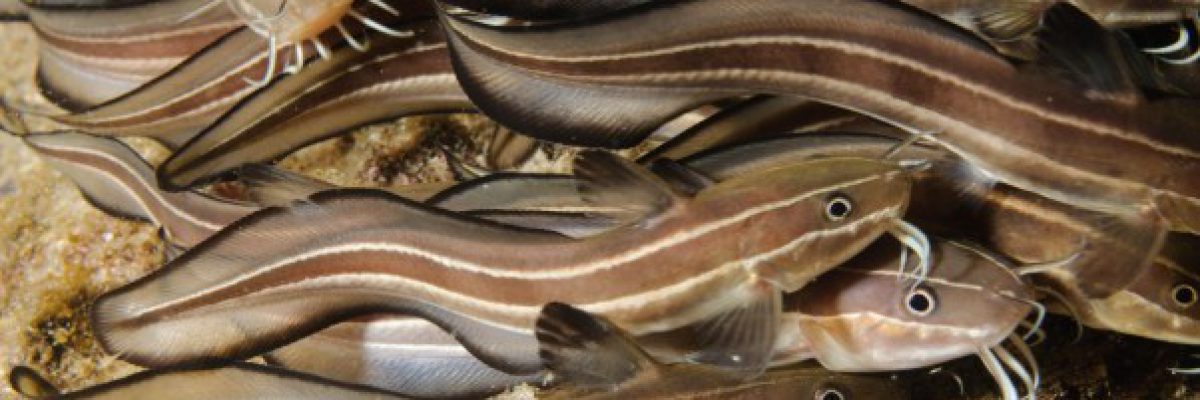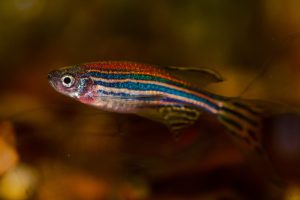The venomous striped eel catfish is a species of marine catfish invading the Mediterranean Sea from the Red Sea through the Suez Canal and adapting to its warm water. This species is one of many plant and animal species that spread throughout the globe due to human activity, and which do not integrate into the ecosystem they invade, rather they alter and harm it. The venomous striped eel catfish migrates to the shallow water near the shoreline, where the water depth is under one meter (approximately 40 in.). That is where most people encounter the species and where most of the venomous injuries are reported. The fish are hardly visible in the water due to their light pinkish hue and striped body, which gives them the ability to disappear between the seaweed, and rocks.
The relatively small fish (up to 20 cm, 7.5 in.) swim in large schools, which increases the chance of a large number of injuries if a swimmer finds himself swimming in the heart of such a school. The fish each has three spikes, one protruding from the dorsal fin and two more in the chest fins. The spikes contain venom which in most cases causes intense pain lasting several hours. In rare cases the pain is accompanied by swelling, hemorrhages, a feeling of suffocation and even loss of consciousness, which may end in death.
Economarks has reported on invasive species in the past. These damage agriculture, hurt plants and animals and destroy ecosystems. It is now clear that a similar process is also taking place in the Mediterranean Sea. Apart from the striped eel catfish, different species of jellyfish, algae and bacteria “hitchhike” on ships traversing the Suez Canal and stay alive in their new environment, often bringing destruction of the ecosystem along with them.




